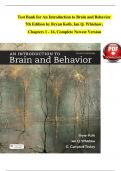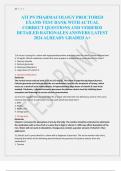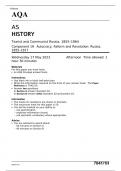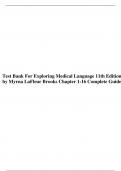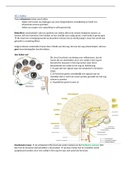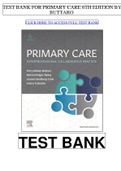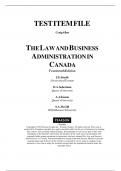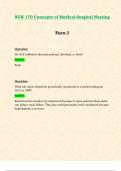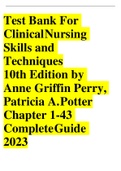Exam (elaborations)
TEST BANK For An Introduction to Brain and Behavior, 7th Edition by Bryan Kolb, Ian Q. Whishaw, Verified Chapters 1 - 16, Complete Newest Version
- Course
- Institution
An Introduction to Brain and Behavior, 7th Edition pdf An Introduction to Brain and Behavior, 7th Edition by Bryan Kolb, Ian Q. Whishaw An Introduction to Brain and Behavior, 7th Edition by Bryan Kolb, Ian Q. Whishaw pdf An Introduction to Brain and Behavior, 7th Edition by Bryan Kolb, Ian Q...
[Show more]
